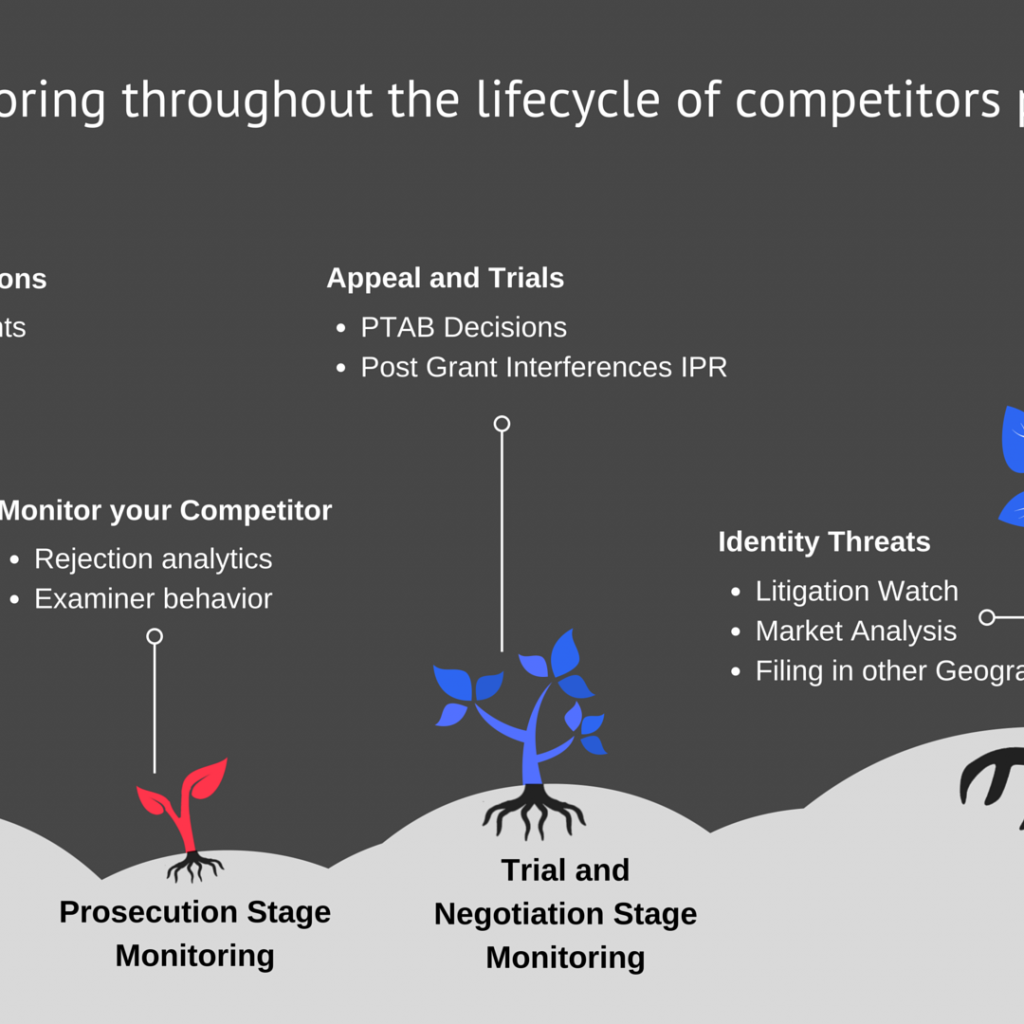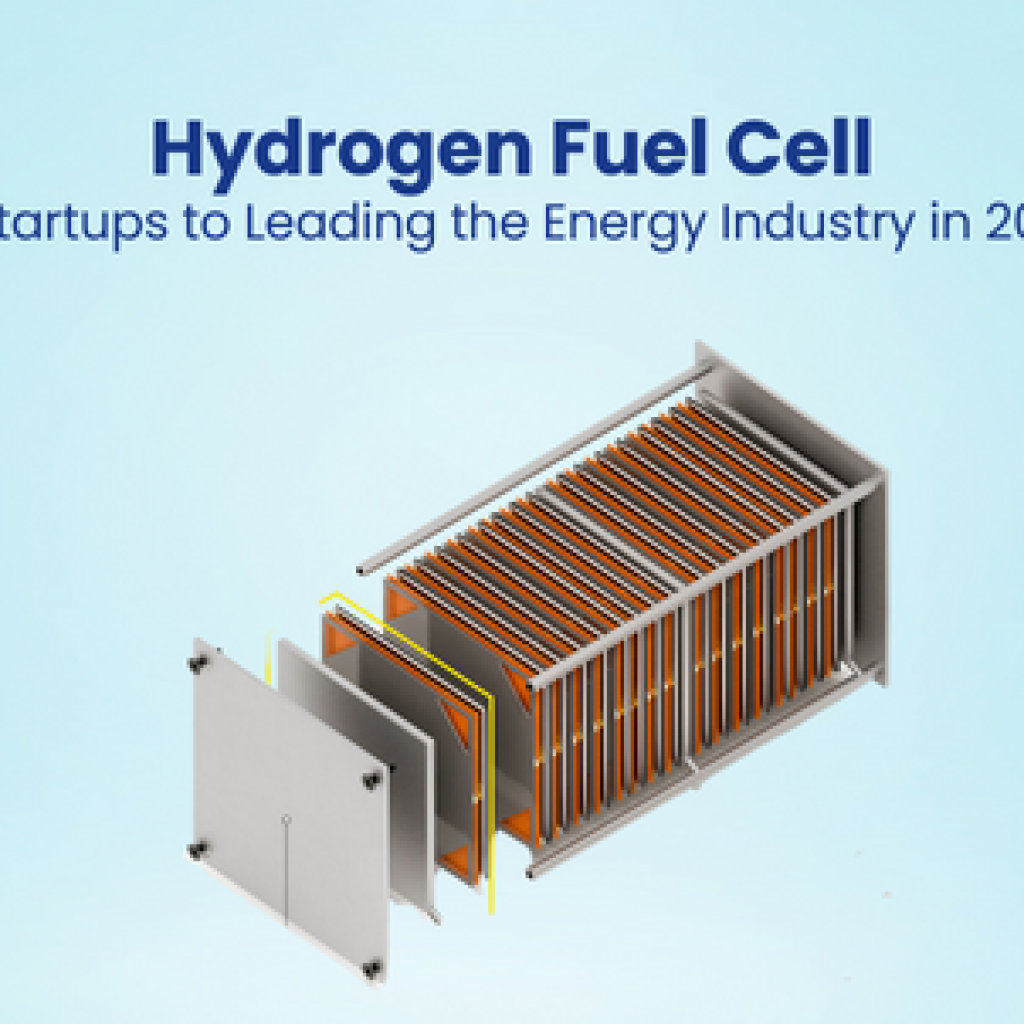Arla Foods recently announced a groundbreaking technology that holds the potential to revolutionize innovation for dairy. This technology can separate milk into its different protein components without going through the cheese-making route.
“The separation of milk’s different proteins from whey, previously relied on cheese-making as whey is a by-product of this process. Now, by bypassing the cheese-making process, Arla’s new patented milk fractionation technology not only allows for a bigger potential raw material pool, it also creates protein streams in a unique and fully controlled process with significantly reduced processing steps and much more gentle processing of the milk.” – Arla Foods
Let’s take a step back and see how significant this technology can be.
Additionally, we shall look at some more innovative technologies by Arla Foods that are solving some major issues in the dairy industry.
Challenges prevailing with the whey production
Traditionally, whey production is reliant on cheese making because whey is a byproduct of the process. Following the traditional method, it takes about 200L of milk to produce 1Kg of whey protein powder. This has been the norm for producing cheese for thousands of years since the first production and usage of whey.
But, catering to the high demand for whey and whey products isn’t possible with the above method. The increased demand is primarily because they have become an essential component in protein-rich sports diets.
According to an estimate, the global whey protein market size was estimated at USD 8.7 billion in 2019 and is expected to expand at a compound annual growth rate (CAGR) of 9.8% from 2020 to 2027.
Additionally, the elderly and patients rely on high-quality supplementary nutrition to support recovery and to maintain quality of life. And, it has been found that whey protein is an excellent nutrition source for the elderly and patients due to its fast absorption properties and high leucine content; the essential amino acid that triggers the stimulation of muscle protein synthesis (MPS). Increasing MPS supports the maintenance of muscle mass.
But since whey production is dependent upon cheese making, supply is heavily dependent upon cheese demand.
To keep up with rising demand, an independent process of milk fractionalizing or whey production is the need of the hour. Traditionally, the researchers have tried doing this using synthetic membrane, but the challenge faced under this method was fouling of milk.
Patent portfolio of Arla Foods that is dominating the industry
Arla Food’s technology essentially eliminates these disadvantages and provides a method to bypass cheese making. Intrigued by this, we decided to take a look at the Arla Foods patent portfolio and see what other innovations they might be planning to commercialize next. Here are some of our findings:
A novel way to separate Alpha-lactalbumin for infant formulas
In 2019, Arla Foods Ingredients obtained Generally Recognized as Safe (GRAS) approval relating to its use of alpha-lactalbumin in infant formula.
Alpha-lactalbumin is a whey protein component that is rich in essential amino acids. It is the most abundant protein in human milk. Therefore, adding alpha-lactalbumin ingredients such as Lacprodan ALPHA-10 to an infant formula means it can emulate human milk more closely in terms of protein concentration and composition.
Now, isolating alpha-lactalbumin (ALA) from whey (milk serum) typically involves a number of separation steps and common filtration and/or chromatographic techniques to give purified ALA.
Now, Arla Foods claims to have developed techniques based on crystallization. According to their researchers, ALA can be enriched from a crude (raw) whey protein solution by selectively crystallizing BLG and removing BLG crystals. This can be done without the use of organic solvents (e.g., toluene).
This claim is worth attention because common general knowledge is that proteins must be highly purified to crystallize them, and not all proteins can be crystallized.
If Arla food commercializes this process, it has the potential to alter the handling and fractionation processes of whey proteins in the dairy industry and opens the door to the efficient and gentle production of ALA-rich protein compositions, which can be safely used as food ingredients for the production of infant formula (infant formula) products.
Citrate in Infant formulas
Some conditions require that newborn babies be provided with specifically made infant formulas. These are mostly produced using cow’s milk, which is largely different from human mother’s milk in terms of composition. So these constituents of these formulas need to be calibrated very carefully.
For example-
The concentration of citrate in infant formulas has been documented to affect the bioavailability (how much of it can be digested easily by the body) of important minerals, such as iron, calcium, magnesium, and zinc.
Variation in the amount of citrate in infant formula products will therefore result in unintended nutrition variations. So, the variation in citrate is a problem when formulating the infant formulas, which are supposed to be nutritionally complete and to provide the infants with well-defined and highly controlled amounts of macronutrients (protein, fat, and carbohydrate) and micronutrients (e.g. vitamins and minerals).
To solve this, Arla Foods combines Microfiltration of the milk with Electrodialysis. Electrodialysis (ED) removes polyvalent ions and preferably removes both mono-, di- and trivalent anions that are responsible for the variation of citrate. By employing electrodialysis and selecting electrodialysis membranes that allow for the passage of not only chloride and phosphate but also citrate, citrate can be reduced without losing lactose, which is a valuable carbohydrate for infant formulas.
Less Denatured Whey Protein Concentrate:
One of the whey derivatives, WPC (whey protein concentrate) makes up the main component for sports nutrition (muscle building drinks). To make WPC, the whey protein needs to be processed over a temperature of 60° C.
Heat treatment of the whey proteins above 60°C results in the unfolding of the globular structure and the proteins thereby denature. Thus, going beyond a process temperature of 60° C. will generate denatured proteins which are not digested by the body. As a result, the production of WPC can be quite a task and the end result will not be as per the standards.
To counter this problem, Arla Foods researchers have come up with a refined process for making WPC. The basic concept is to use less heat treatment than typically applied in industrial settings, combined with a range of precise sequential steps such as separation, filtration and optionally drying steps.
The technology, in short, secures the balance of gentle treatment of the whey while ensuring that the bioactivity of the WPC is maintained.
The above patents and henceforth the technologies by the company can make a huge impact on the dairy industry and produce nutrition-rich food products catering to infants as well as elders.
The extensive insights we share in the article with regards to technological advancements are derived from the dashboard we generated from the Arla Foods portfolio and it can help you get answers to some of the questions like:
The effect of the Arla Foods innovations on the sector and what it holds for other players in the domain?
What product range and medical conditions are they working on?
What exact problems are they trying to solve and how are they solving them?
You can get exclusive insights by signing up here.
Authored By: Sukha Singh, Patent Analytics Team










